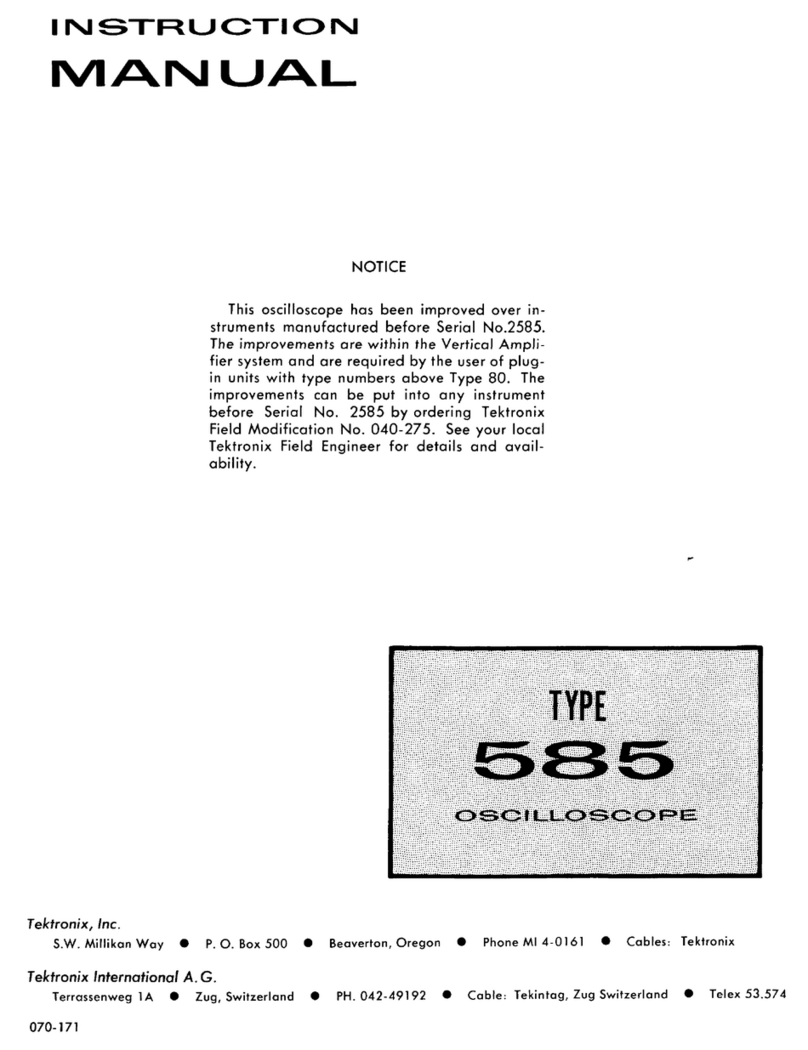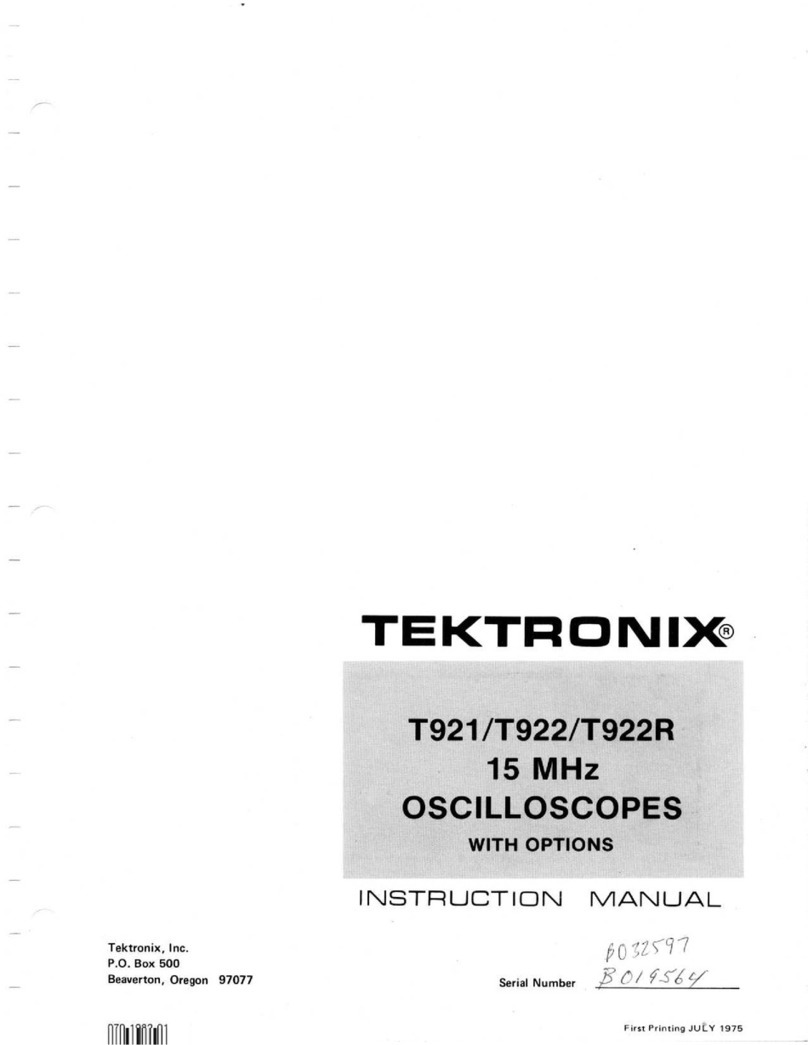Tektronix 515 User manual
Other Tektronix Test Equipment manuals
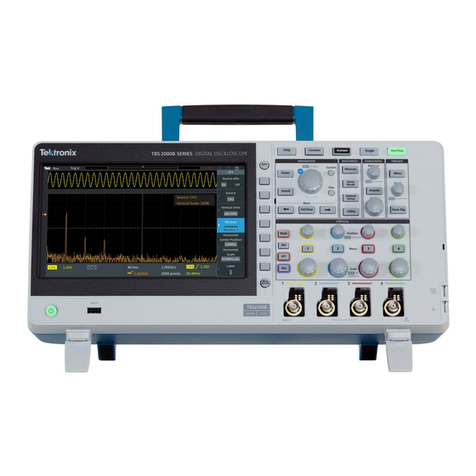
Tektronix
Tektronix TBS2000B Series User manual
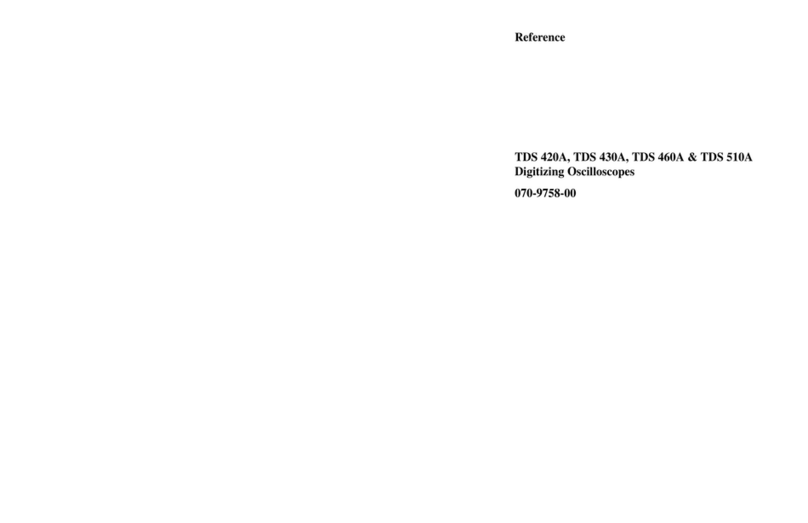
Tektronix
Tektronix TDS 420A Service manual
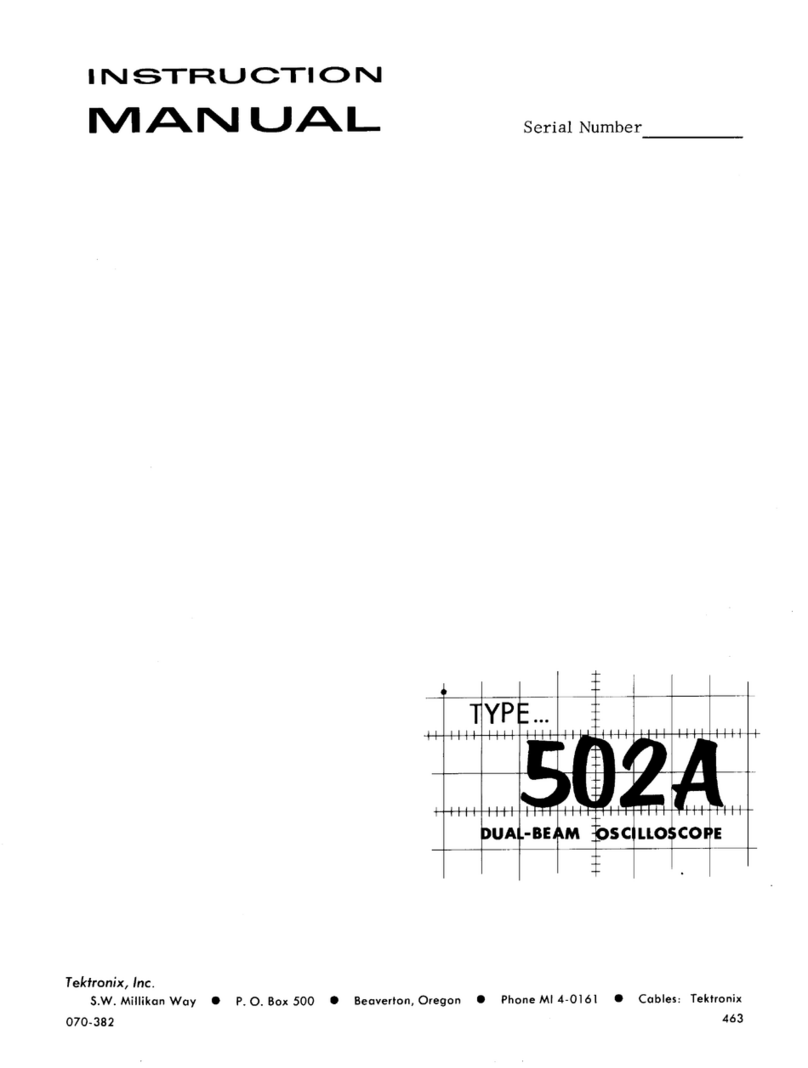
Tektronix
Tektronix 502A User manual
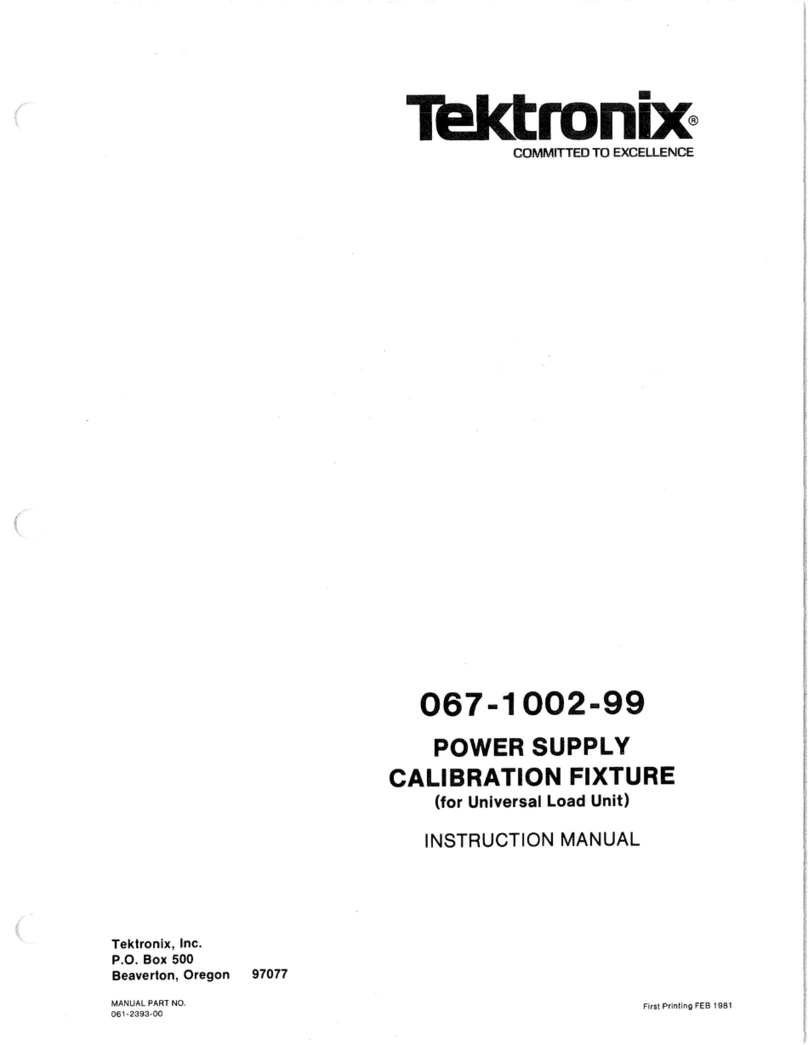
Tektronix
Tektronix 067-1002-99 User manual
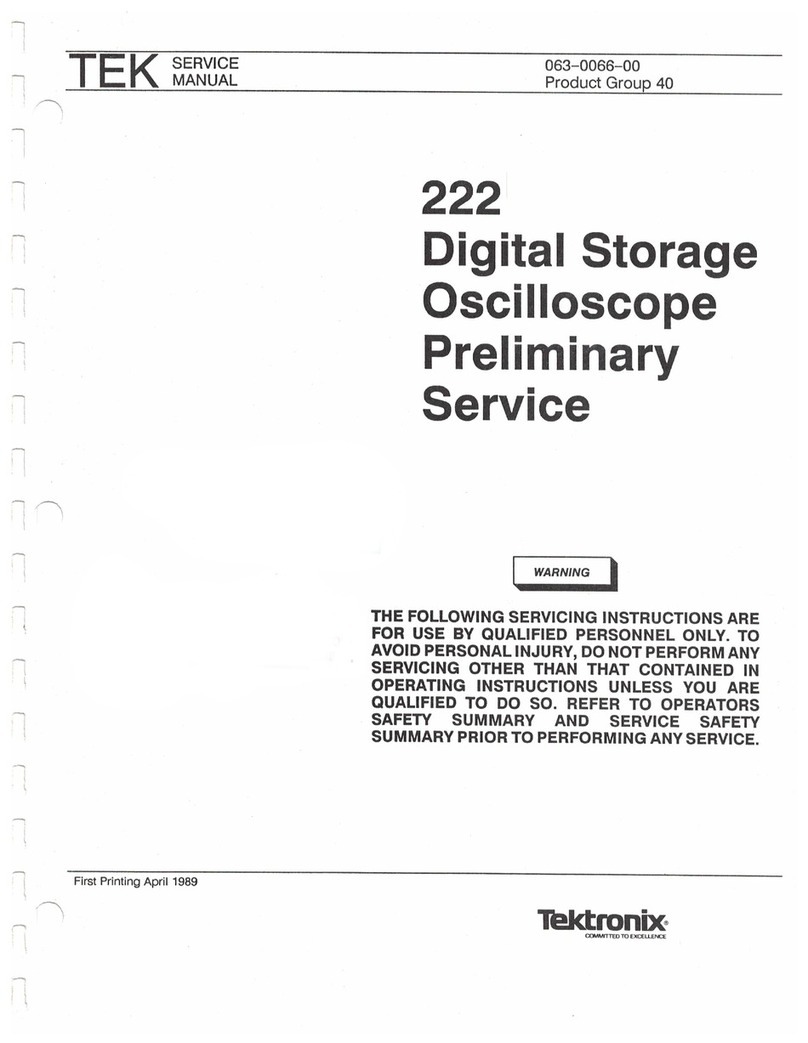
Tektronix
Tektronix TEK 222 User manual
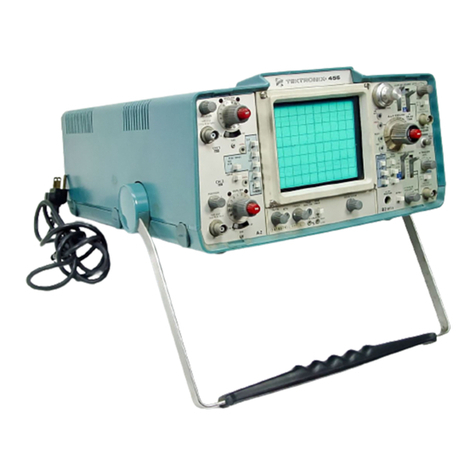
Tektronix
Tektronix 455 User manual

Tektronix
Tektronix DPO4104 User manual
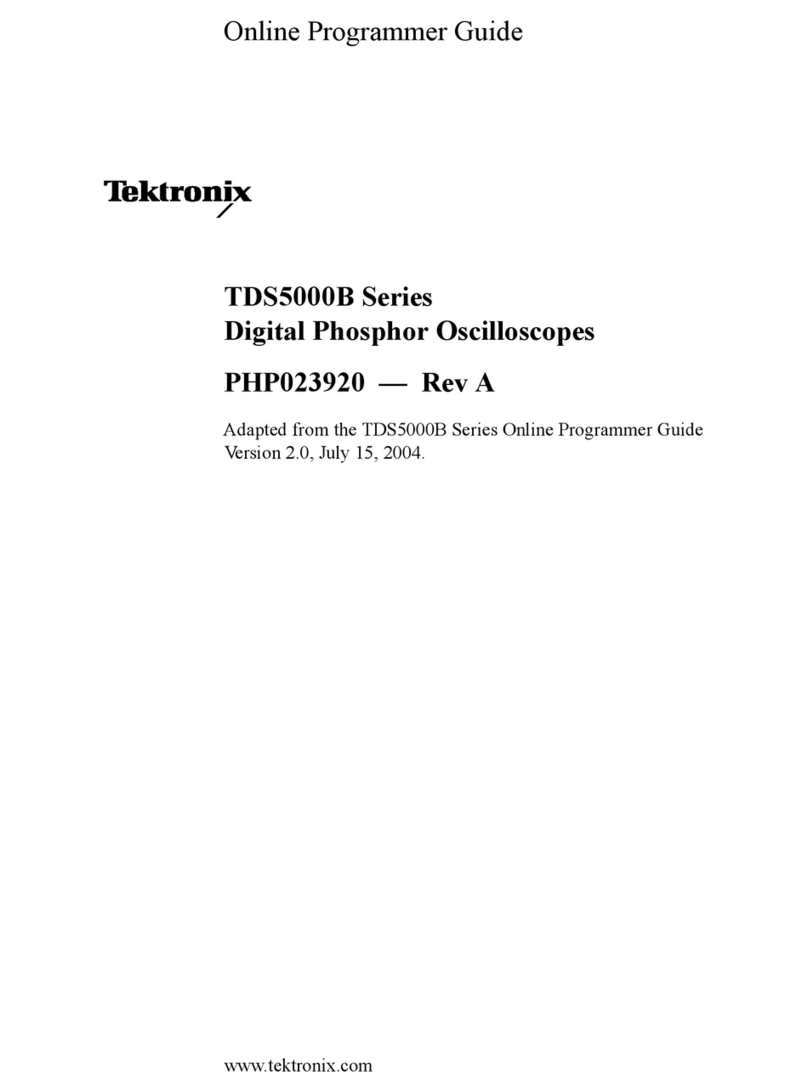
Tektronix
Tektronix TDS5000B Series User manual

Tektronix
Tektronix 516 series User manual

Tektronix
Tektronix TDS 420A User manual
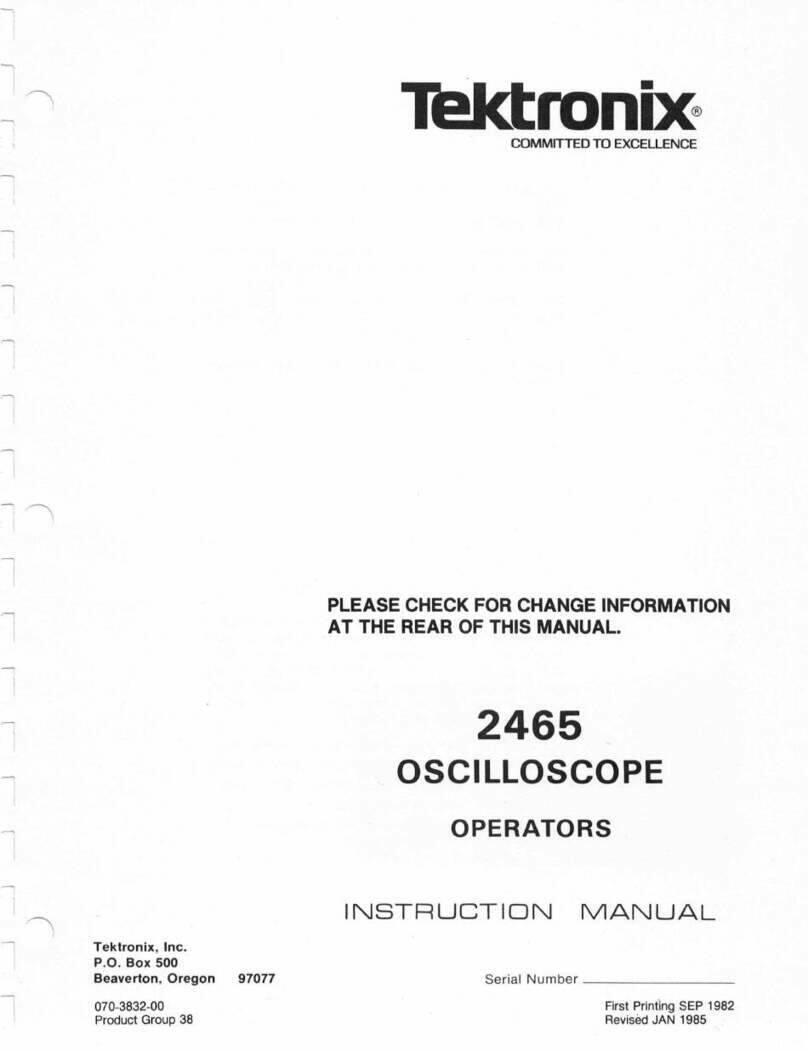
Tektronix
Tektronix 2465 User manual

Tektronix
Tektronix 2402A User manual

Tektronix
Tektronix P7630 Manual
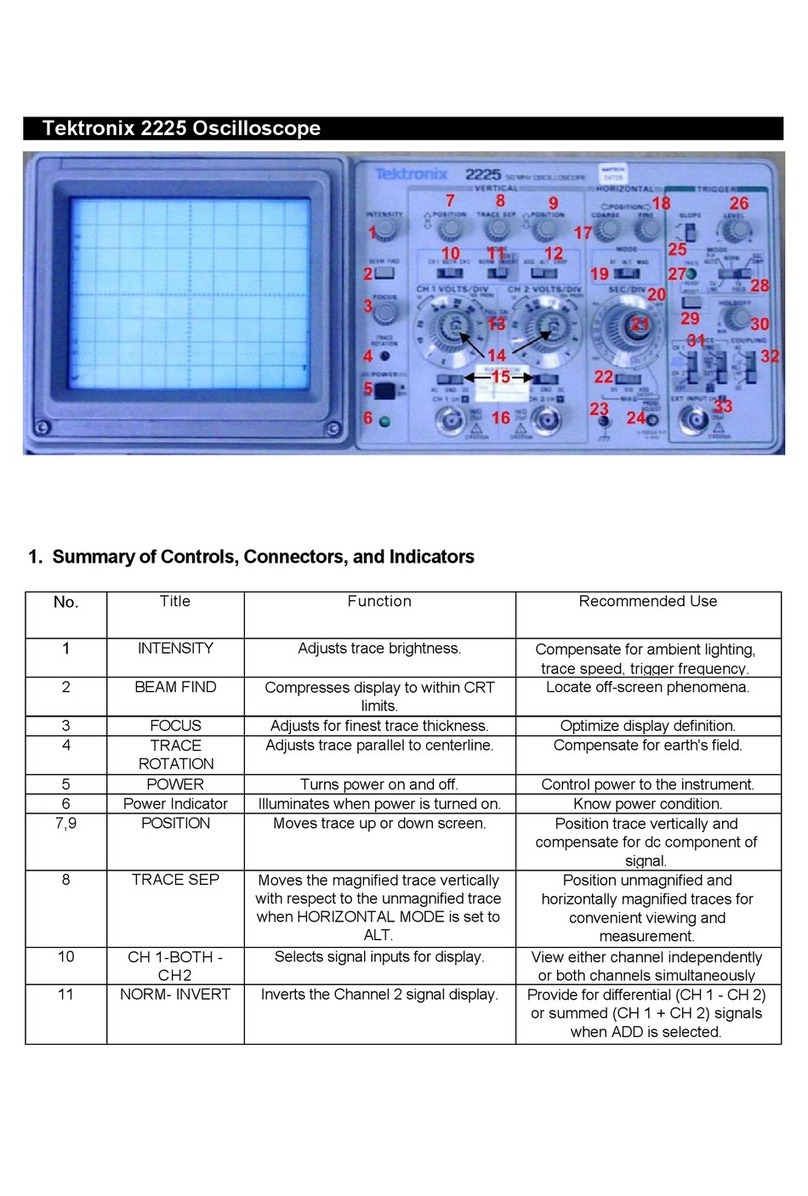
Tektronix
Tektronix 2225 User manual
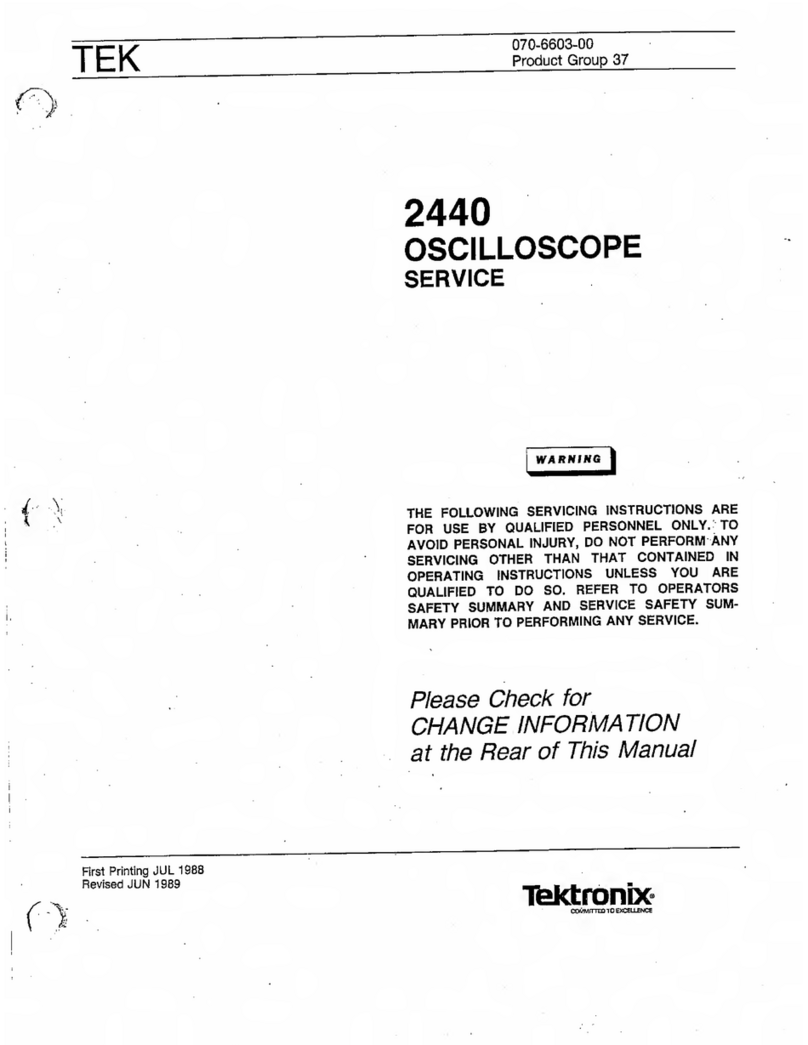
Tektronix
Tektronix 2440 User manual
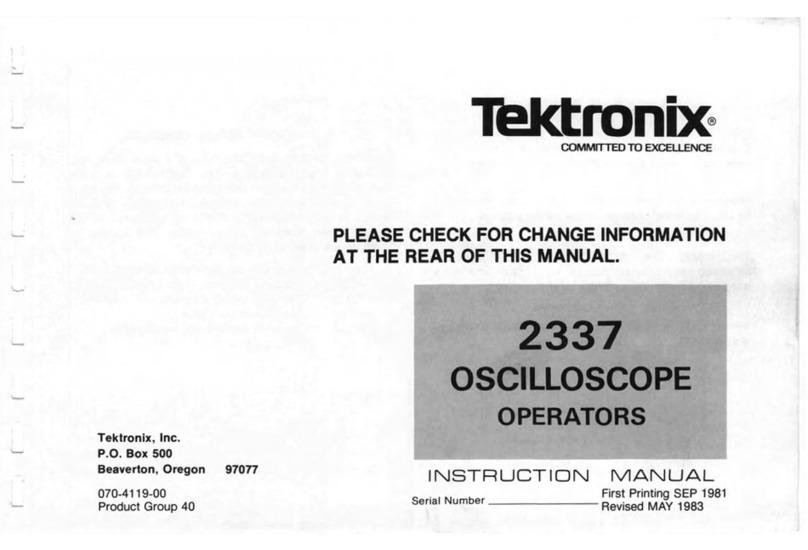
Tektronix
Tektronix 2337 User manual
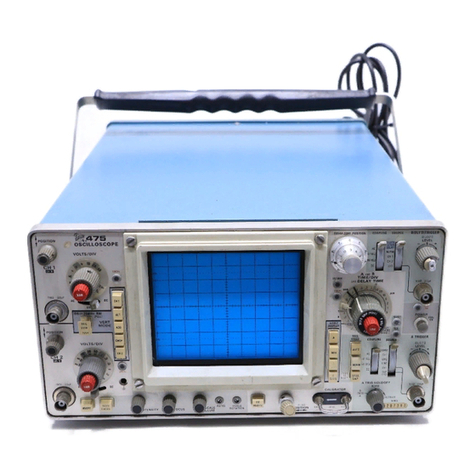
Tektronix
Tektronix 475 User manual
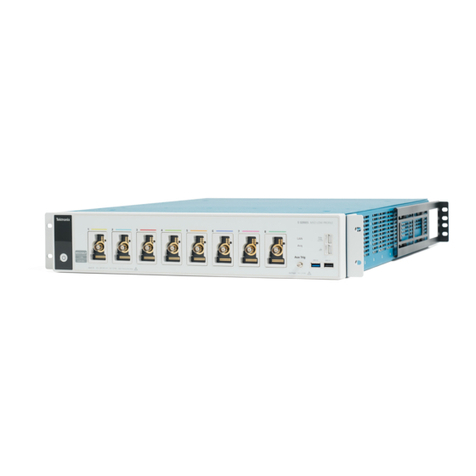
Tektronix
Tektronix MSO 5 Series User guide
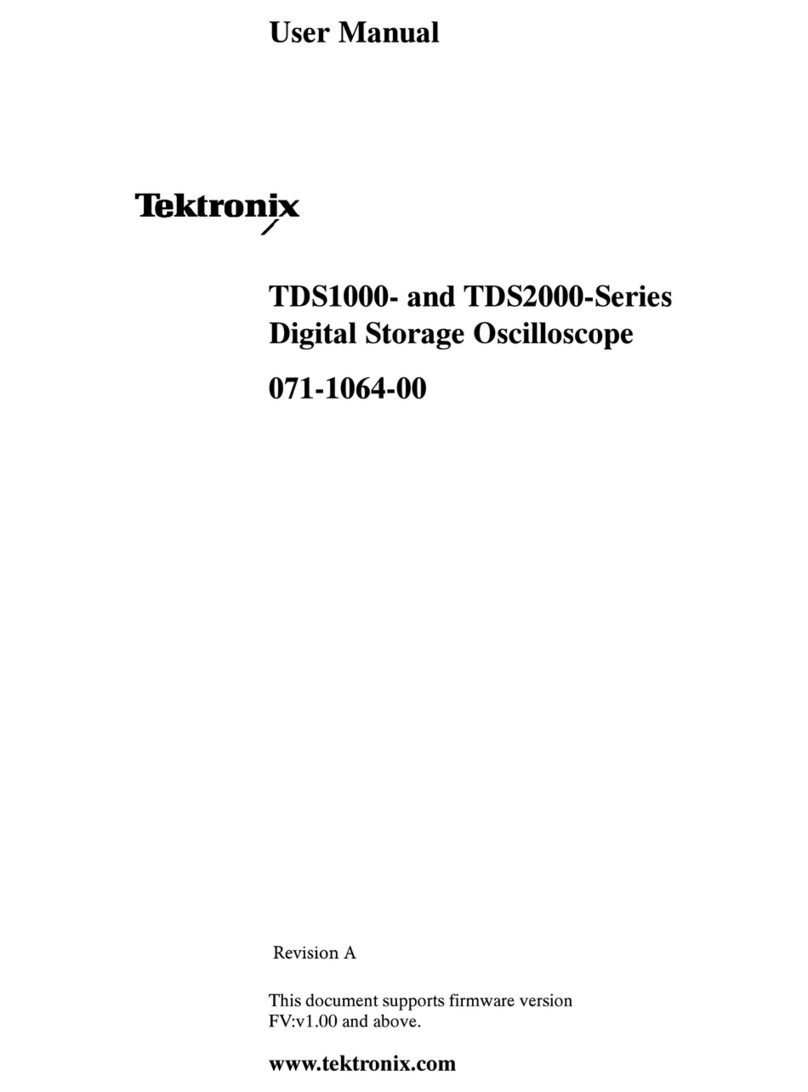
Tektronix
Tektronix TDS1000 Series User manual
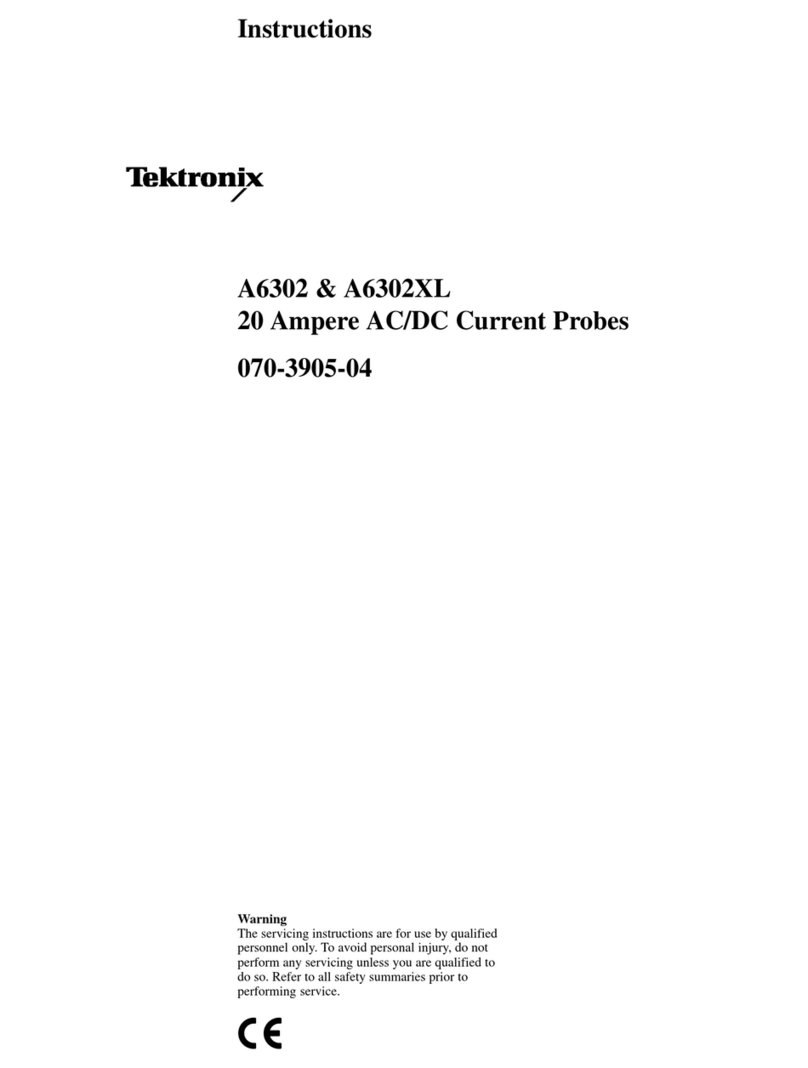
Tektronix
Tektronix A6302 User manual
Popular Test Equipment manuals by other brands

Redtech
Redtech TRAILERteck T05 user manual

Venmar
Venmar AVS Constructo 1.0 HRV user guide

Test Instrument Solutions
Test Instrument Solutions SafetyPAT operating manual

Hanna Instruments
Hanna Instruments HI 38078 instruction manual

Kistler
Kistler 5495C Series instruction manual

Waygate Technologies
Waygate Technologies DM5E Basic quick start guide

StoneL
StoneL DeviceNet CK464002A manual

Seica
Seica RAPID 220 Site preparation guide

Kingfisher
Kingfisher KI7400 Series Training manual

Kurth Electronic
Kurth Electronic CCTS-03 operating manual

SMART
SMART KANAAD SBT XTREME 3G Series user manual

Agilent Technologies
Agilent Technologies BERT Serial Getting started
